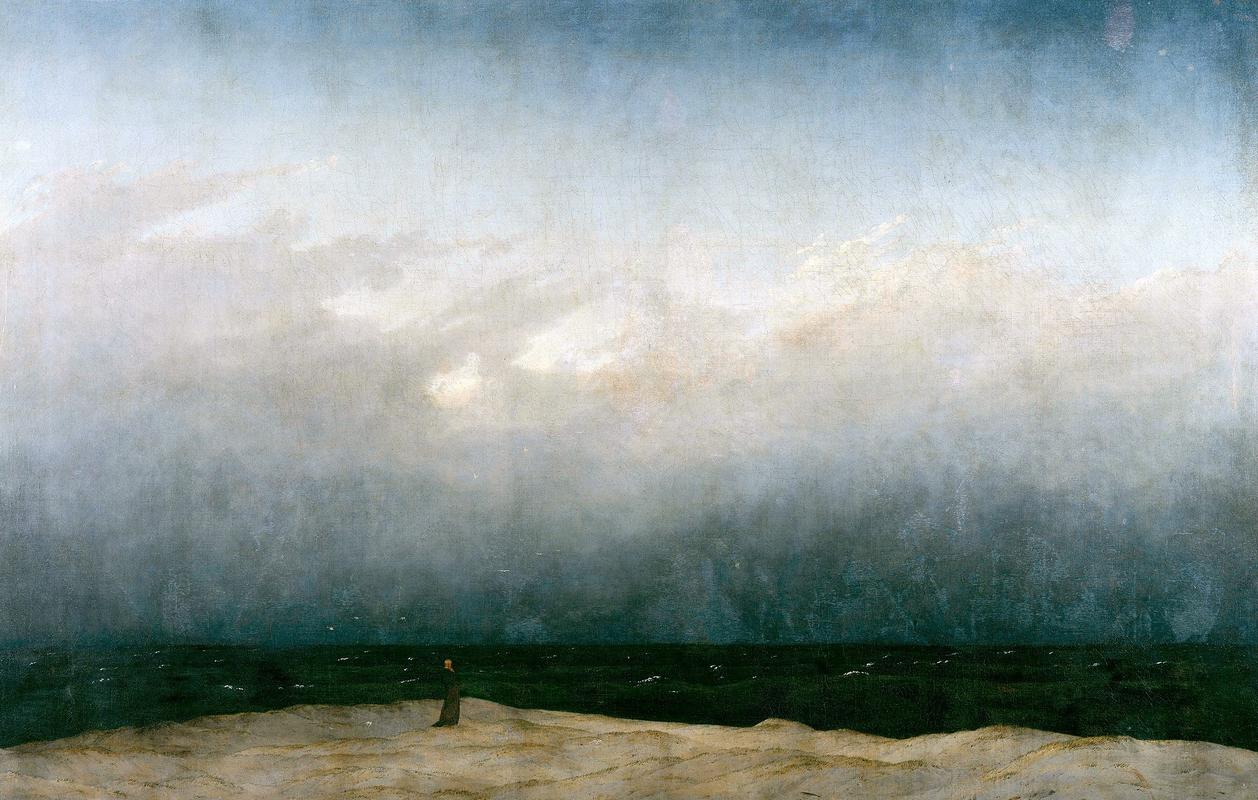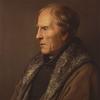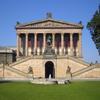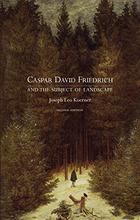More about The Monk by the Sea
- All
- Info
- Shop

Contributor
The Monk by the Sea was birthed from the war years when Caspar David Friedrich was in a state of melancholy.
I mean, just look at that figure with his hands to his face. The Napoleonic Wars had taken a brutal toll on Friedrich’s spirit. Two paintings birthed out of this feeling: Monk by the Sea and Abbey in the Oak Forest.
Exhibiting at the Berlin Academy of Art in 1810 shed a spotlight on Friedrich as well as put some money in his bank. It was, after all, Prussia’s capital city. There was a wave of prosperity that Friedrich was riding because following the Berlin Academy exhibition, our favorite existential painter was elected as a member of the Berlin Academy. Friedrich even got the King’s attention. King Frederick Wilhelm III ended up buying both paintings produced in Friedrich’s melancholy. The greatness of nature contrasting to the small man standing on the horizon apparently made an impact on the royal family. It was the Crown Prince who persuaded his father to purchase the paintings, despite Prussia being close to broke after taking a bloody beating in the Napoleonic wars. Perhaps the somber painting spoke to the prince.
According to x-rays, the canvas now holding The Monk by the Sea first had a painting of a couple of sailing ships. These were later removed by Friedrich in favor of focus remaining on the monk dressed in long, black robes. Modification of The Monk by the Sea continued until exhibition day. Friedrich was relentless this way, continuing to tweak it until the painting seemed juuuuust right. Stars, a moon, and a little blue were added to the gray sky.
One inspiration behind the painting is suggested to be Goethe’s "Faust," which was published in 1808. Friedrich began working on The Monk by the Sea that same year, suggesting that Friedrich read the tragic play before commencing the painting. The monk is an embodiment of tragic existentialism, but Goethe was not a fan. He suggested, critiquing the abstract swath of color, that The Monk by the Sea “could be looked at standing on one’s head,” a joke that would also be fitting for the much later work of Abstract Expressionists like Mark Rothko and Jackson Pollock. Friedrich seemed to be quite ahead of his time with this one.
Sources
- Beate Allert, “Romanticism and the Visual Arts,” The Literature of German Romanticism, Edited by Dennis F. Mahoney. Rochester: Camden House, 2004.
- Asvarishch, Boris I., “Friedrich’s Russian Patrons,” The Romantic Vision of Casper David Friedrich: Paintings and Drawings from the U.S.S.R., edited by Sabine Rewald. New York: Colorcraft Lithographers Inc., New York, 1990.
- Russell, Peter, Delphi Complete Paintings of Casper David Friedrich (Illustrated). Delphi Classics, 2016.
- Siegal, Linda, Casper David Friedrich and the Age of German Romanticism. Branden Books, 1978.
- William Vaughan, German Romantic Painting. Harvard: Yale University Press, 1994.
- Wolf, Norbert, Casper David Friedrich: 1774-1840: the Painter of Stillness. Cologne: Taschen, 2003.
Featured Content
Here is what Wikipedia says about The Monk by the Sea
The Monk by the Sea (German: Der Mönch am Meer) is an oil painting by the German Romantic artist Caspar David Friedrich. It was painted between 1808 and 1810 in Dresden and was first shown together with the painting The Abbey in the Oakwood (Abtei im Eichwald) in the Berlin Academy exhibition of 1810. On Friedrich's request The Monk by the Sea was hung above The Abbey in the Oakwood. After the exhibition, both pictures were bought by king Frederick Wilhelm III for his collection. Today, the paintings hang side by side in the Alte Nationalgalerie, Berlin.
For its lack of concern with creating the illusion of depth, The Monk by the Sea was Friedrich's most radical composition. The broad expanses of sea and sky emphasize the meager figure of the monk, standing before the vastness of nature and the presence of God.
Check out the full Wikipedia article about The Monk by the Sea














